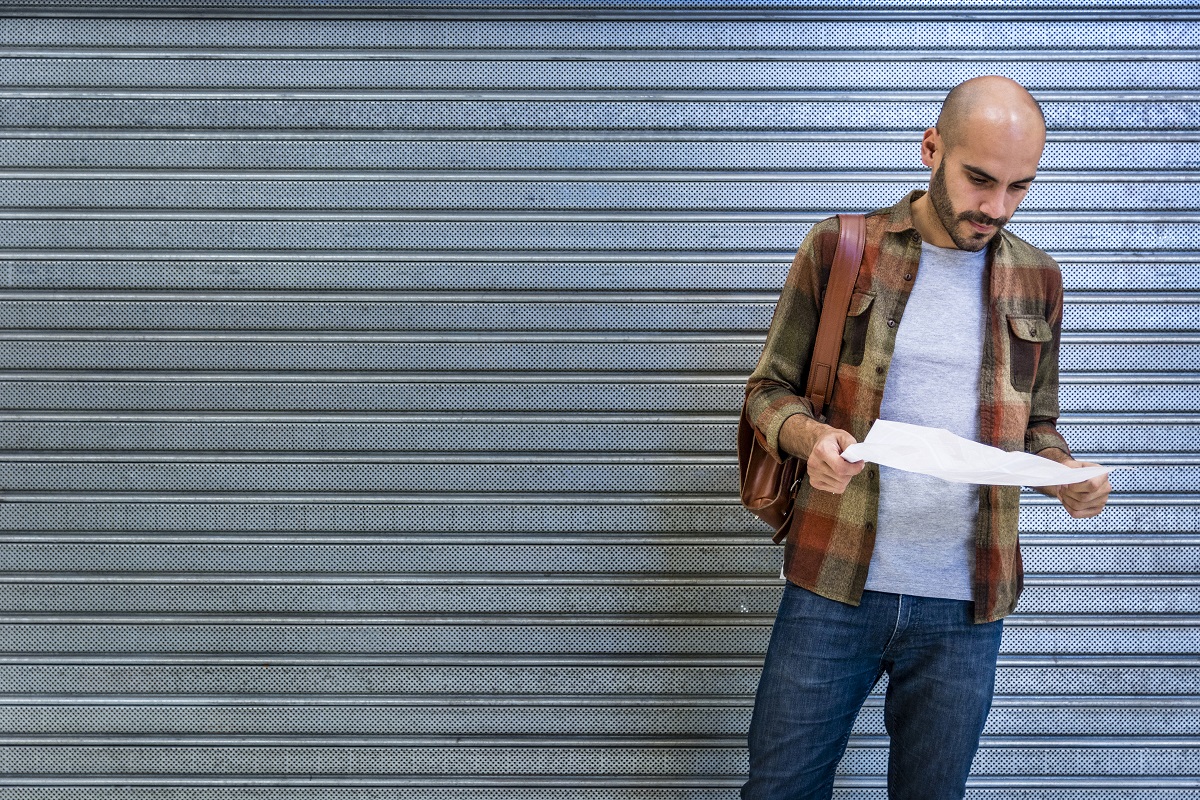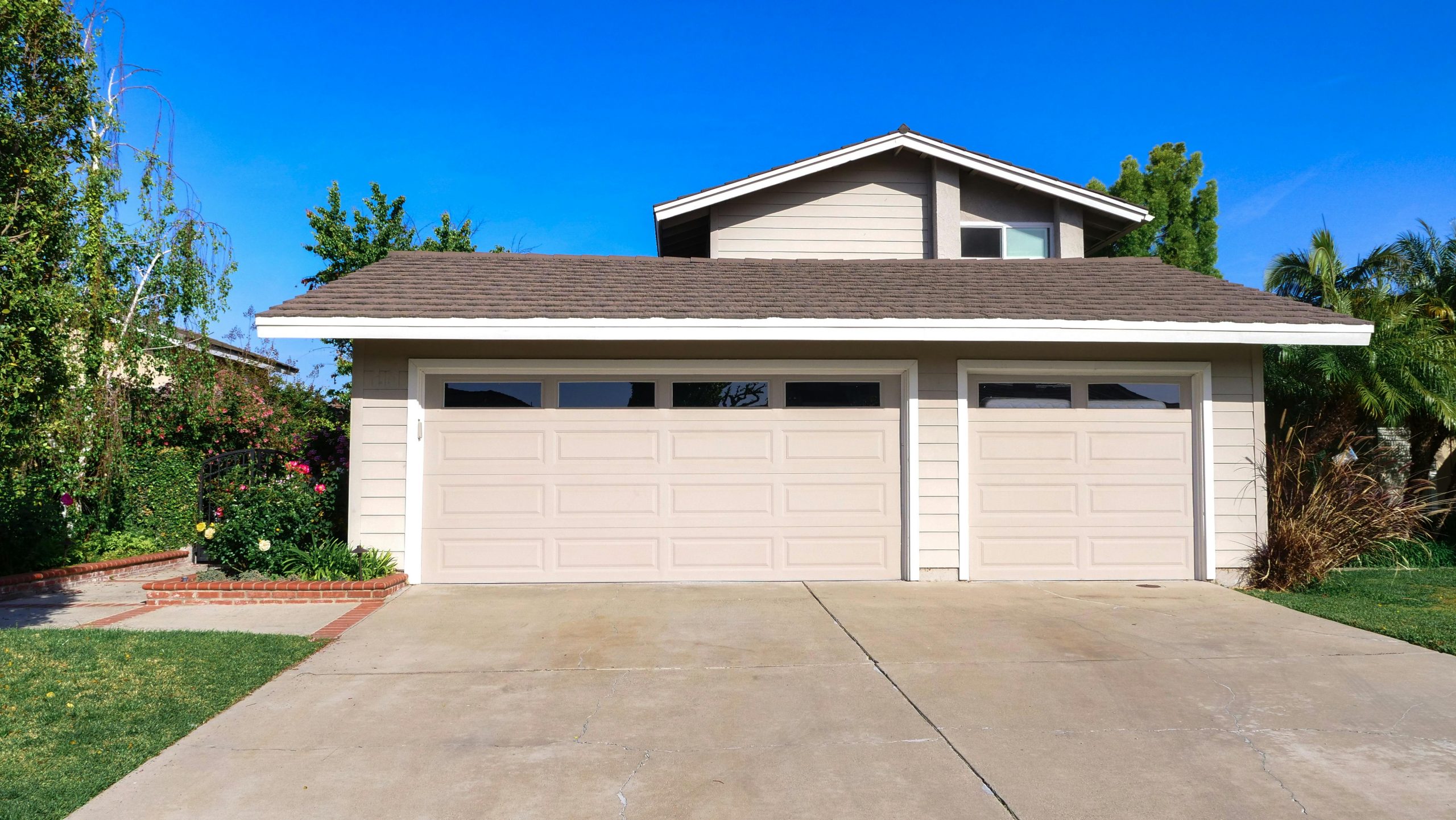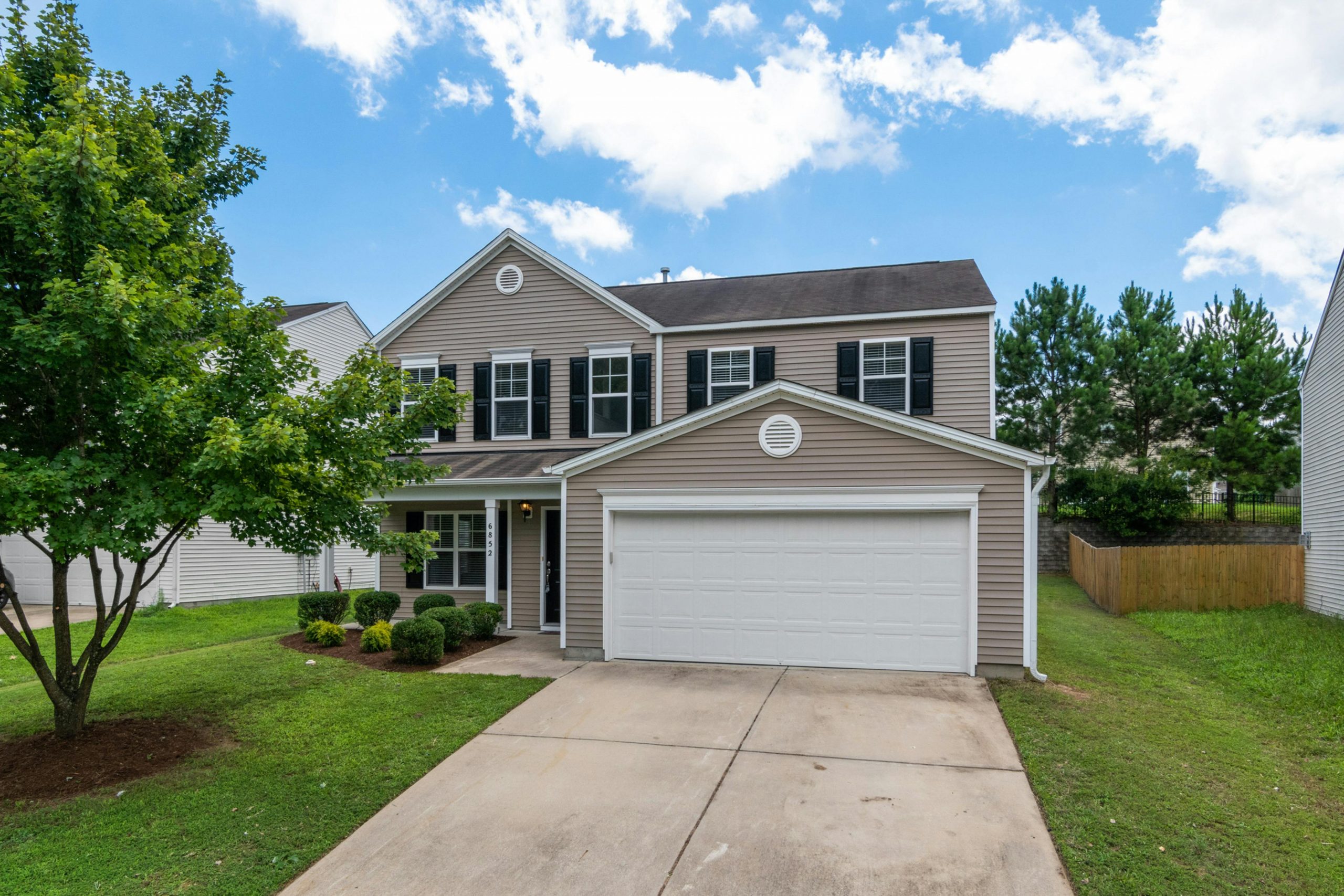- Prepare all remotes with fresh batteries and have them nearby to ensure smooth programming and avoid errors.
- Locate and understand the “learn” button on your garage door opener, as it is essential for pairing remotes.
- Program remotes one at a time, pressing the learn button first and then holding the remote button until the opener acknowledges it.
- Test each remote individually after programming to confirm it operates the garage door correctly.
- Clear old or lost remotes when necessary to maintain security and prevent interference with new remotes.
- Follow brand-specific instructions and troubleshooting tips, including checking compatibility, using universal remotes if needed, and reprogramming when issues arise.
If you have more than one remote for your garage door, knowing how to program them all correctly can save a lot of hassle. Whether you want to add a new remote for a family member or replace an old one, programming multiple remotes doesn’t have to be complicated. In this guide, we’ll walk you through everything you need to know, step by step.
Why Would You Need Multiple Remotes?
Many households benefit from having more than one garage door remote. Here are a few common reasons:
- Multiple family members need access to the garage.
- You want a spare remote in case one is lost.
- You have vehicles parked in different locations that require separate access.
- You’re upgrading or replacing old remotes.
Having multiple remotes can make daily life more convenient, but it’s important to know the correct programming process so all devices work seamlessly.
What Tools Do You Need Before You Start?

Programming multiple remotes is usually simple, but having the right tools and preparation helps:
- All the garage door remotes you want to program
- A step ladder (if the opener is mounted high)
- Your garage door opener’s instruction manual
- A clean, well-lit workspace
Some garage door openers have a “learn” button, while others may require entering a specific code. Checking the manual before you start will save time.
How Does Programming a Garage Door Opener Work?
Most modern garage door openers use a “learn” button system. When you press this button, the opener enters a programming mode, ready to accept signals from your remotes. Once the opener recognizes a remote, it pairs with it, allowing it to control the door.
Some older models might require manually entering a code or using dip switches on the remote. Knowing which system your opener uses is crucial before starting.
Step-by-Step Guide to Program Multiple Remotes
Programming multiple remotes to your garage door opener can feel daunting at first, but by breaking it down step by step, it becomes straightforward. Here’s a detailed guide to ensure success:
Step 1: Prepare Your Remotes
Before you begin programming, it’s crucial to make sure your remotes are ready to work.
- Check the batteries: Weak or dead batteries are the most common reason a remote won’t program. Replace batteries if you’re unsure of their power.
- Gather all remotes: Have every remote you plan to program within easy reach. Programming multiple remotes in one session saves time and prevents confusion.
- Clean the remotes if necessary: Dust or grime on the buttons can interfere with the signal. Wipe them gently before starting.
By preparing your remotes properly, you’ll reduce the chance of errors and frustration later.
Step 2: Locate the “Learn” Button
The “learn” button is the key to programming your remotes.
- Where to find it: It is typically located on the back or side of your garage door opener motor. Some models hide it behind a light cover, so check your manual if you can’t see it immediately.
- Colors and labels: Depending on your opener brand, the button may be red, yellow, orange, purple, or black. It might also be labeled “Learn” or “Program.”
- Function: Pressing this button allows the opener to receive a signal from your remote and pair with it.
Knowing exactly where the learn button is and how it looks will make the process much faster.
Step 3: Enter Programming Mode
Once you’ve located the learn button, it’s time to activate programming mode.
- Press the learn button: Typically, you press it once. On many openers, a small LED light will turn on or start blinking to indicate the opener is ready.
- Timing is key: You usually have about 30 seconds to press the button on the remote after activating programming mode.
- Stay close: Stand within a few feet of the opener to ensure the remote’s signal is strong and clear.
Entering programming mode properly is crucial—if the opener doesn’t register the remote, you’ll need to restart the process.
Step 4: Program the First Remote
Now it’s time to pair your first remote.
- Press and hold the remote button: Hold it firmly for a few seconds until the LED on the opener blinks, turns off, or otherwise signals a successful pairing.
- Check the light: On most models, the blinking or steady light confirms the remote has been recognized.
- Repeat if necessary: If the remote doesn’t program on the first attempt, release the button, wait a few seconds, and try again.
Once the first remote is programmed, your opener is ready to accept additional remotes.
Step 5: Add Additional Remotes
Adding more remotes follows the same process as the first, but you should do them one at a time.
- Repeat the programming steps: Press the learn button on the opener, then press the button on the next remote within the allowed time frame.
- Check compatibility: Most openers can handle 3–5 remotes, but confirm your model’s maximum in the manual.
- Program sequentially: Doing multiple remotes simultaneously can confuse the opener and cause programming failures.
Step 6: Test All Remotes
After programming, it’s essential to verify that all remotes operate the garage door correctly.
- Test each remote individually: Press the button and make sure the door opens and closes as expected.
- Troubleshoot if needed: If a remote doesn’t work, check the battery, ensure compatibility, and repeat the programming process.
- Keep spare batteries handy: Even a good remote may fail temporarily if the battery is low.
How to Program Garage Door Opener for Multiple Remotes Successfully

Even with step-by-step instructions, programming multiple remotes can sometimes be tricky. These tips will make it easier:
- Always use fresh batteries to avoid weak signal issues.
- Keep remotes close to the opener during programming to ensure strong communication.
- Program one remote at a time to prevent errors.
- Start over if necessary: If the opener doesn’t recognize a remote, clear all programming and begin again.
- Follow the manual: Different brands may have slightly different procedures; always refer to your opener’s instructions.
How Do You Clear Old Remotes?
Clearing old remotes can improve security and reduce interference.
- Press and hold the learn button: Depending on your opener model, hold it for 10–30 seconds until the LED light turns off.
- This resets the opener: All previously programmed remotes are erased.
- Reprogram new remotes: After clearing, follow the programming steps for each remote.
- Secure your garage: Clearing old remotes ensures lost or stolen remotes cannot access your home.
Can You Program Remotes from Different Brands?
Yes, but there are a few considerations:
- Compatibility matters: Some openers only accept specific brands or models. Check your manual before attempting.
- Use a universal remote if needed: These can pair with multiple brands and models.
- Test each remote: Even if it seems compatible, verify it works after programming.
Common Problems and How to Fix Them
Programming remotes is usually straightforward, but problems can occur. Here’s how to troubleshoot:
Remote Doesn’t Work
- Check the battery and replace if needed.
- Ensure the remote is compatible with your opener.
- Reprogram the remote from scratch.
Opener Doesn’t Enter Programming Mode
- Confirm the opener is plugged in and powered.
- Press and hold the learn button for the correct duration.
- Some models require pressing the button twice or holding it for several seconds.
One Remote Works, Others Don’t
- Make sure each remote is programmed individually.
- Clear all previous programming and restart the process if necessary.
How Often Should You Reprogram Remotes?
You don’t need to reprogram remotes frequently, but it’s a good idea in these situations:
- You lose a remote or it gets stolen.
- You move to a new home and want to reset access.
- A power surge may have reset your opener.
- Upgrading to newer or additional remotes for convenience or security.
Safety Tips While Programming
Safety is always important when dealing with garage door openers:
- Keep children and pets away from the garage door while programming.
- Use a sturdy step ladder if needed to reach the opener.
- Avoid touching moving parts of the door during testing.
- Follow your opener’s manual closely to prevent damage or injury.
FAQ: Common Questions About Programming Multiple Remotes
Q: Can I program more than one remote at a time?
A: It’s best to program remotes one at a time. Programming multiple simultaneously can confuse the opener.
Q: Do I need to reset the opener before adding a new remote?
A: Not always. If there’s room for additional remotes, you can add them without resetting. If you’ve lost old remotes, a reset is recommended.
Q: What if my remote still doesn’t work after programming?
A: Replace the battery, ensure compatibility, and try reprogramming. If it still doesn’t work, check if your opener requires a specific type of remote.
Q: Are universal remotes reliable?
A: Yes, universal remotes can be convenient for multiple brands, but always check that they support your garage door opener model.
Final Thoughts
Programming a garage door opener for multiple remotes may seem intimidating at first, but with the right steps, it’s a manageable task. By following the process carefully, keeping your remotes in good condition, and troubleshooting common issues, you can have all your devices working seamlessly in no time.
Whether you’re adding remotes for family members or upgrading to newer models, taking the time to program them correctly ensures convenience, security, and peace of mind.

